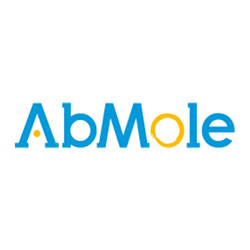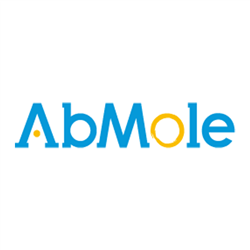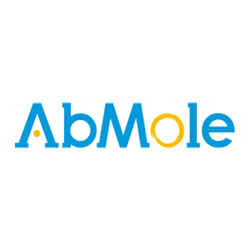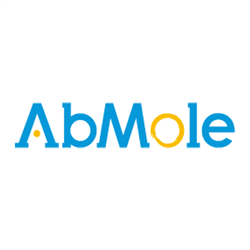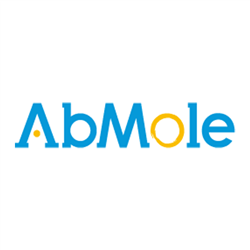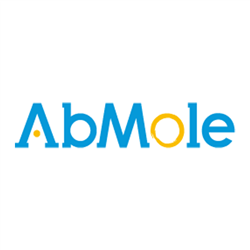Protein
- Instrumentos
- Agitadores / Agit. Incubadores
- Orbitales
- Con Incubación
- Incubadores Gran Capacidad
- Lineales, Balanceo y 3D
- Incubadores Microplacas
- Para colocar en estufa
- Magnéticos
- Mezcladores /Roller /Rotatorios
- Agitadores de Paletas
- Jeio Tech Accesorios para Agitadores
- Benchmark Accesorios para Agitadores
- N-Biotek Accesorios para Agitadores
- Biosan Accesorios para Agitadores
- Labnet Int. Accesorios para Agitadores
- Vórtex
- Analisis Imagen, animales, plantas, geles
- Balanzas
- Baños Termostáticos
- Cabinas Flujo / Extraccion gases / PCR
- Centrifugas
- Detectores de Radioactividad
- Electroforesis
- Electroquímica
- Equipos Microplacas
- Espectrofotometros
- Experimentacion Animal
- Hornos de Hibridacion
- Homogeneizadores
- Estufas / Equipos calor, frio
- Luminómetros de Tubos
- Microbiologia
- Pipetas / Dispensadores
- Pipetas Labnet Int. Monocanales Automaticos
- Pipetas HTL Monocanales Automáticas
- Pipeta Accumax Mono y Multicanales
- Pipetas Labnet Int. Multicanales
- Pipetas HTL Multicanales
- Pipetas Volumen Fijo
- Pipetas Electrónicas
- Dispensadores
- Dispensadores de Botella
- Pipetas Biosan Monocanales
- Pipetas Biosan Multicanales
- PCR / Tiempo Real (qPCR)l / Cicladores
- QPCR, Sistemas automaticos
- Sonicadores / Ultrasonidos
- Ultracongeladores
- Bombas Jeringa / Vacio / Osmoticas
- Ultracentrífugas
- Micro Array label free
- Contadores de Células
- Contenedores Criogenicos
- Producción agua ultrapura
- Electrospinning
- Agitadores / Agit. Incubadores
- Reactivos
- Consumibles
- Catálogos PDF
Protein Hay 920 productos.
Recombinant Mouse IL-17A (CHO)
Interleukin-17a (also known as CTLA-8) is a pleiotropic cytokine expressed by T cells and has a high degree of homology to the protein encoded by the ORF13 gene of herpetic virus squirrel monkey. Protein structure: IL-17A (ALA26-ALA158), Accession # Q62386.
Recombinant Human CD25/IL-2Rα Fc Chimera (HEK 293)
The IL-2 receptor system consists of three non-covalently linked subunits termed IL-2Rα, IL-2Rβ, and IL-2Rγ. The IL-2Rα is a type I transmembrane protein consisting of a 219 amino acid (a.a.) extracellular domain, a 19 a.a. transmembrane domain and a 13 a.a. intracellular domain, which is not involved in the transduction of IL-2 signal.
Recombinant Human CD25/IL-2Rα Fc Chimera (HEK 293)
The IL-2 receptor system consists of three non-covalently linked subunits termed IL-2Rα, IL-2Rβ, and IL-2Rγ. The IL-2Rα is a type I transmembrane protein consisting of a 219 amino acid (a.a.) extracellular domain, a 19 a.a. transmembrane domain and a 13 a.a. intracellular domain, which is not involved in the transduction of IL-2 signal.
Recombinant Human IL-8/CXCL8 (77aa, CHO)
Interleukin-8 (IL-8), also known as CXCL8, GCP-1 and NAP-1, is one of the first discovered chemokines and belongs to the CXCL family, in which the first two conserved cysteines are separated by one residue. Protein Construction: IL-8 (Ala23-Ser99). Accession # P10145.
Recombinant Human IL-8/CXCL8 (77aa, CHO)
Interleukin-8 (IL-8), also known as CXCL8, GCP-1 and NAP-1, is one of the first discovered chemokines and belongs to the CXCL family, in which the first two conserved cysteines are separated by one residue. Protein Construction: IL-8 (Ala23-Ser99). Accession # P10145.
Recombinant Human IL-8/CXCL8 (77aa, E. coli)
Interleukin-8 (IL-8), also known as CXCL8, GCP-1 and NETP-1, is one of the earliest chemokines discovered and belongs to the CXCL family, in which the first two conserved cysteines are separated by a residue.
Recombinant Human IL-8/CXCL8 (77aa, E. coli)
Interleukin-8 (IL-8), also known as CXCL8, GCP-1 and NETP-1, is one of the earliest chemokines discovered and belongs to the CXCL family, in which the first two conserved cysteines are separated by a residue.
Recombinant Mouse IP-10/CXCL10 (E. coli)
Interferon inducible protein 10 (IP-10)/CXCL10 was originally thought to be an IFN-γ- inducible gene in monocytes, fibroblasts, and endothelial cells. LPS, IL-1β, TNF-α, IL-12 and virus can also induce the expression of IP-10 mRNA. Protein structure: CXCL10 (ILE22-PRO98), Accession # :Q548V9.
Recombinant Mouse IP-10/CXCL10 (E. coli)
Interferon inducible protein 10 (IP-10)/CXCL10 was originally thought to be an IFN-γ- inducible gene in monocytes, fibroblasts, and endothelial cells. LPS, IL-1β, TNF-α, IL-12 and virus can also induce the expression of IP-10 mRNA. Protein structure: CXCL10 (ILE22-PRO98), Accession # :Q548V9.
Recombinant Human IP-10/CXCL10 (E. coli)
IP-10 /CXCL10, also known as CXCL10, was originally thought to be an IFN-γ- induced gene in monocytes, fibroblasts, and endothelial cells. LPS, IL-1β, TNF-α, IL-12 and virus can also induce the expression of IP-10 mRNA. Expressed with an N-terminal Met. CXCL10 (VAL22-PRO98), Accession # :P02778.
Recombinant Human IP-10/CXCL10 (E. coli)
IP-10 /CXCL10, also known as CXCL10, was originally thought to be an IFN-γ- induced gene in monocytes, fibroblasts, and endothelial cells. LPS, IL-1β, TNF-α, IL-12 and virus can also induce the expression of IP-10 mRNA. Expressed with an N-terminal Met. CXCL10 (VAL22-PRO98), Accession # :P02778.
Recombinant Rat Leptin (E. coli)
Leptin is a cytokine belonging to the Interleukin 6 family, and has a four-helix bundle structure. Leptin also has effects on reproduction and immunity. ED50 < 10.0 µg/ml, measured by a cell proliferation assay using LoVo cells, corresponding to a specific activity of > 100.0 units/mg.

